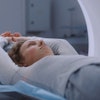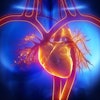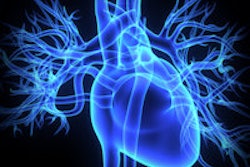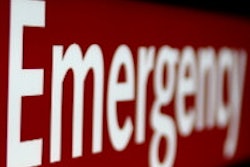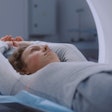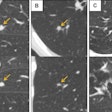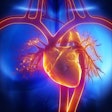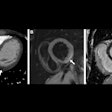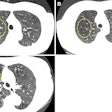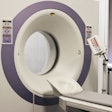
Patients presenting to the emergency department (ED) can be safely discharged if their coronary CT angiography (CCTA) scans are negative, without fear of major cardiac events occurring up to a year later, according to an October 22 study in the Annals of Emergency Medicine.
Researchers from multiple centers found that in a population of more than 1,200 individuals presenting to the ED with chest pain, there was no statistically significant difference in major cardiac adverse events for up to a year between the patients who had negative CCTA scans and were discharged and those who were worked up under the traditional standard of care.
The rate of major cardiac events in the CCTA group was far less than 1%, a level that the researchers found to be "acceptable." What's more, scanning patients with CCTA didn't lead to increased use of additional testing during the first year after presentation to the ED, according to the research team led by Dr. Judd Hollander of Thomas Jefferson University (Ann Emerg Med, October 22, 2015).
Answering the skeptics
Researchers have been investigating for years whether CCTA can be used as a triage tool for low- and intermediate-risk patients presenting to the emergency department with chest pain. The idea is that by helping ED physicians rule out a cardiac event, CCTA can prevent patients from having to undergo additional tests, such as cardiac catheterizations.
But some skeptics have questioned whether CCTA scans are simply adding another layer of ED testing that's expensive and leads to more resource use. Previous multicenter studies have found that patients discharged with negative CCTA scans were at low risk for major adverse events after 30 days, but what about longer time frames?
The American College of Radiology Imaging Network-Pennsylvania (ACRIN-PA) 4005 study was set up to investigate this question: in particular, whether the rate of adverse events in the population of discharged patients would exceed 1%. In 2012, the ACRIN-PA 4005 researchers presented results after 30 days of follow-up; in the current paper, Hollander et al tracked the subjects for a full year.
The researchers started with a population of 1,368 individuals who had been seen in the ED for chest pain and were followed up. In all, 907 were in the CCTA arm of the study, while 461 received traditional care, in which the individual's healthcare provider decided which tests would be performed, if any. One-year status information was unavailable for 83 patients, leaving 1,285 patients.
There were no statistically significant differences with respect to overall or cardiac-related death, myocardial infarction, or revascularization, as calculated from hospital discharge through one year of follow-up, Hollander and colleagues found.
| Patient outcomes, CCTA vs. traditional care after 1 year | ||
| Outcome | CCTA group | Traditional care |
| All-cause mortality | 0.2% | 0.7% |
| Cardiac death | 0.1% | 0.0% |
| Acute myocardial infarction | 0.2% | 0.5% |
| Major adverse coronary event | 0.3% | 0.5% |
| Revascularization | 0.5% | 0.9% |
However, did using CCTA instead of traditional care lead to greater resource use for ED patients? The researchers expected that resource use would be lower in the CCTA group, since the scans would prove that there was no cardiac disease and thus no further studies would be necessary. Yet resource use was the same between the two groups.
At least one previous study found that resource use was higher in a Medicare population of individuals who underwent nonemergency CCTA versus those who received stress testing, the researchers noted. The difference could be that there is a higher likelihood of coronary artery disease in the ambulatory Medicare population than in the younger ED population studied by Hollander et al.
The authors also addressed the proposal from some quarters that low- and moderate-risk patients coming to the ED might not need any testing at all, and instead could be assessed using accelerated protocols that rely only on biomarkers. However, these approaches haven't been validated with randomized controlled trials. One study that did claim to validate this approach was based on insurance claim data rather than the use of randomized controlled data, and the patients in the intervention group were older and had more comorbidities than the control group, Hollander et al noted.
"It is critical for providers to integrate test results with clinical judgment," they concluded. "The mere finding of coronary disease on coronary CT angiography does not mean that the coronary disease is the cause of the symptoms that led to the test."
